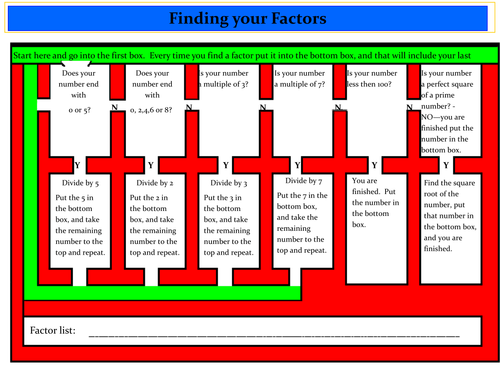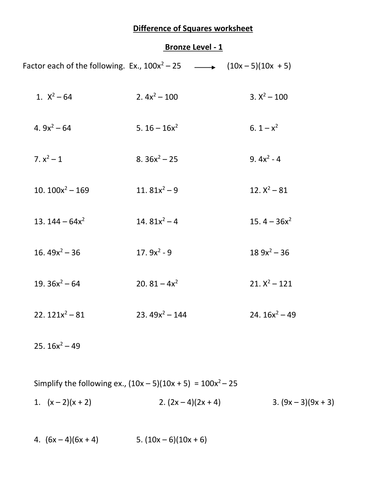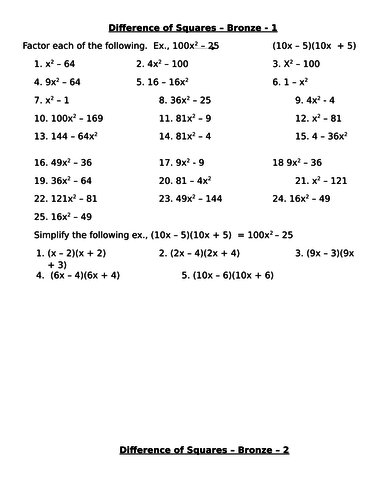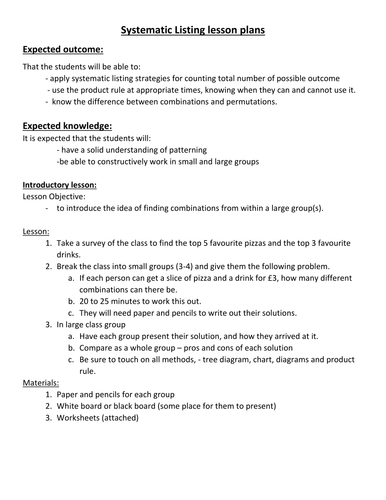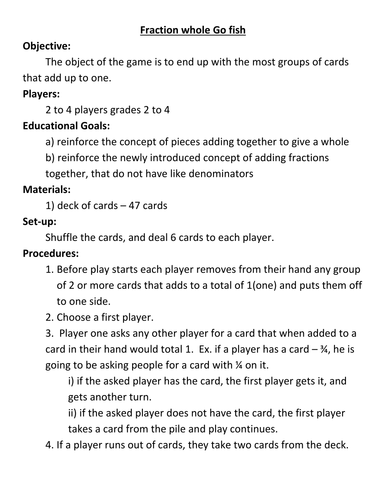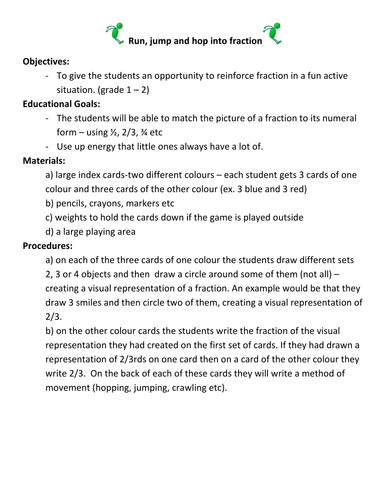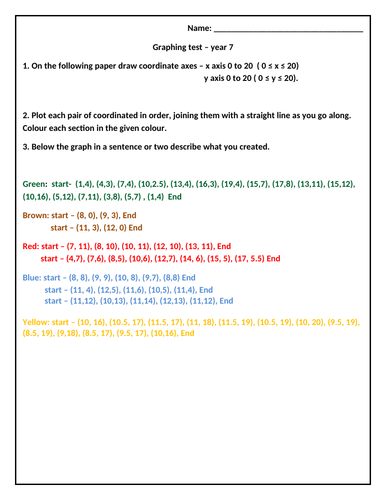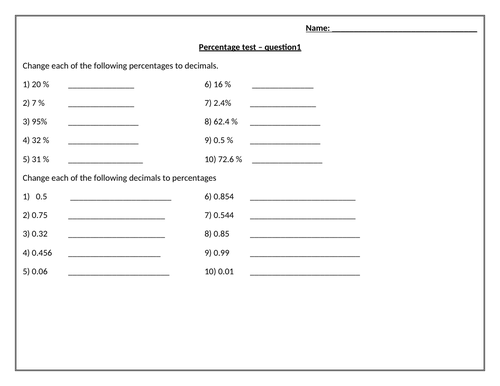B. Ascah's classroom cupboard
Experienced teacher, having taught everything from 6 year olds, through to 16 year olds, in class and one on one in private session. My shop includes old and new, what ever it takes, is my attitude. My pinterest site also has links to material that I have found interesting and useful.



